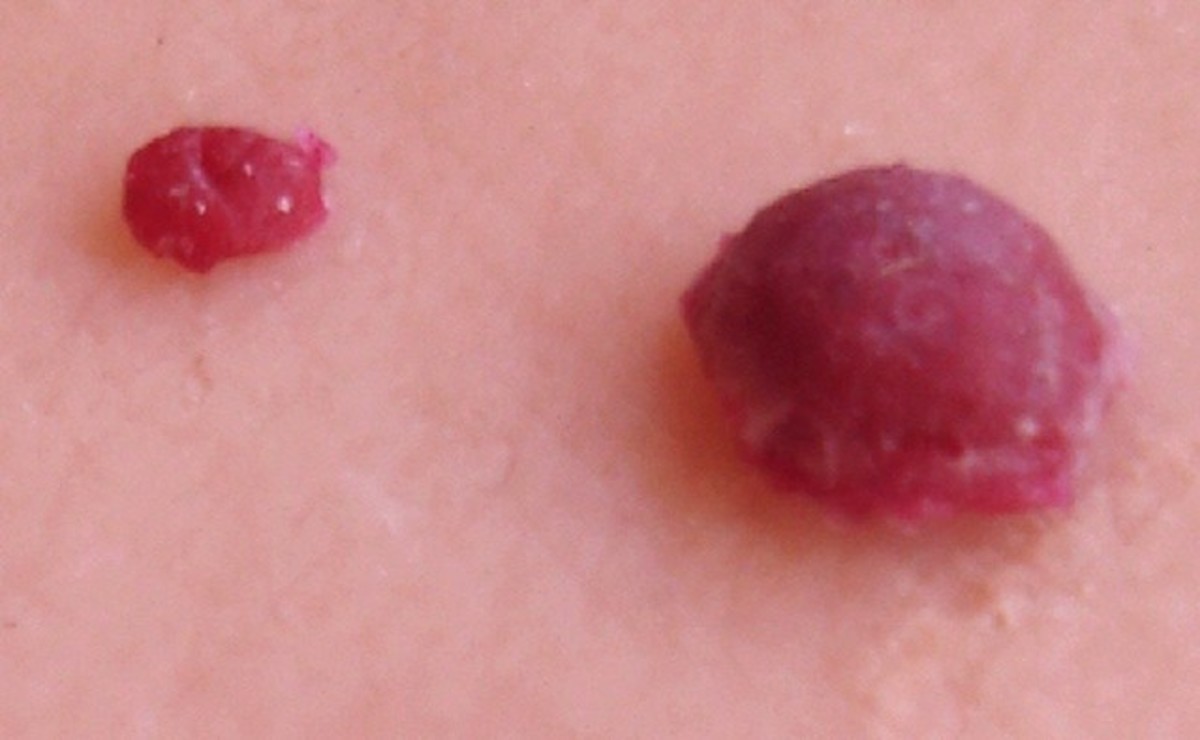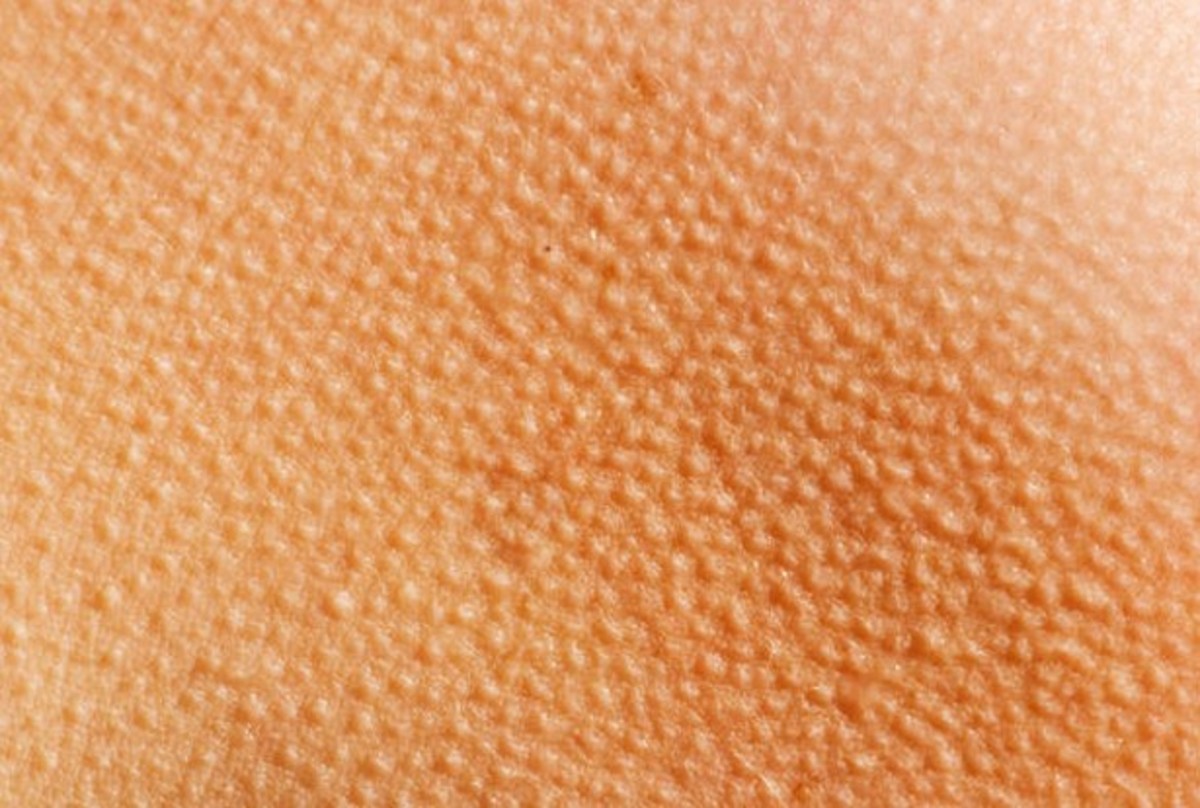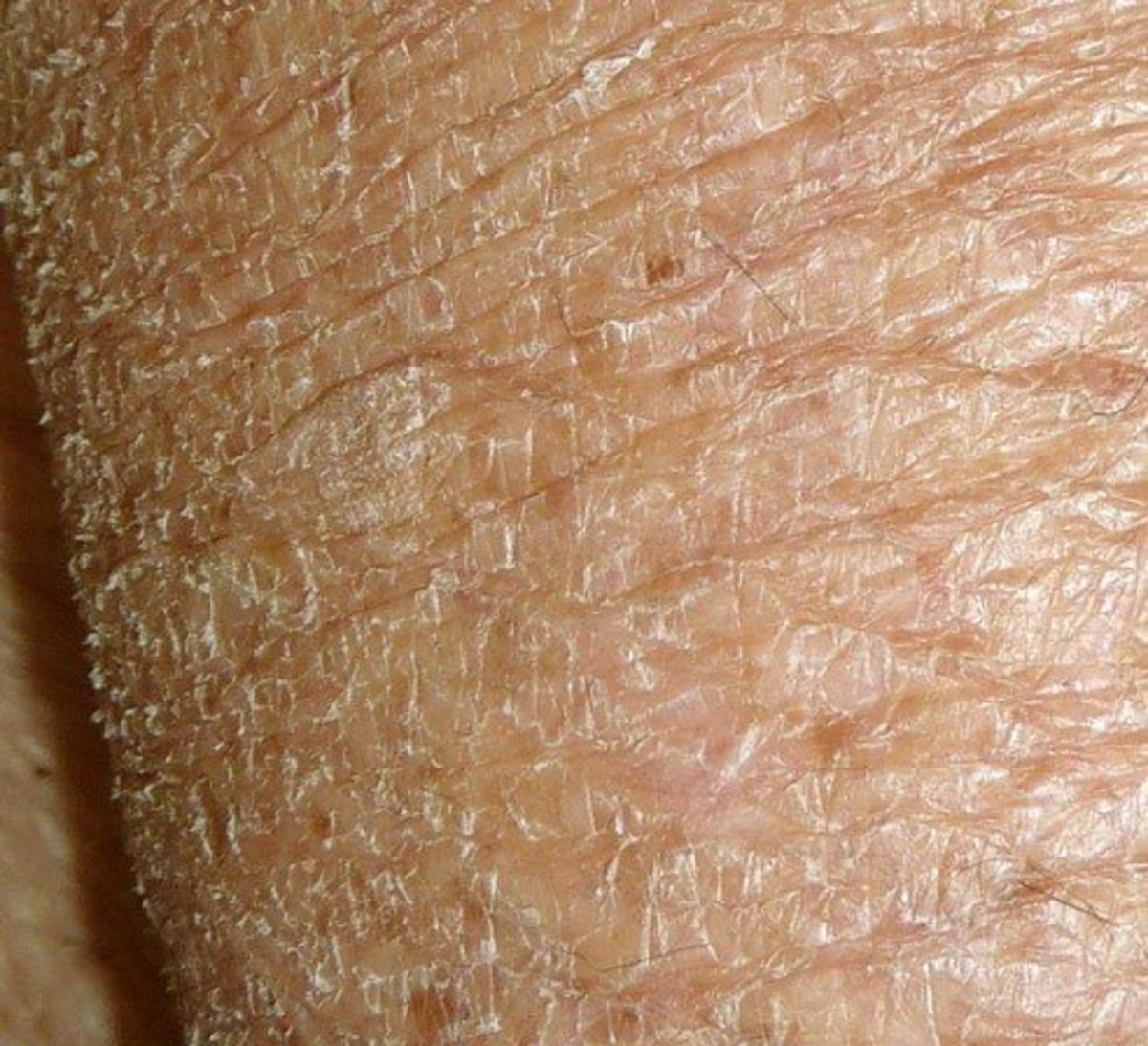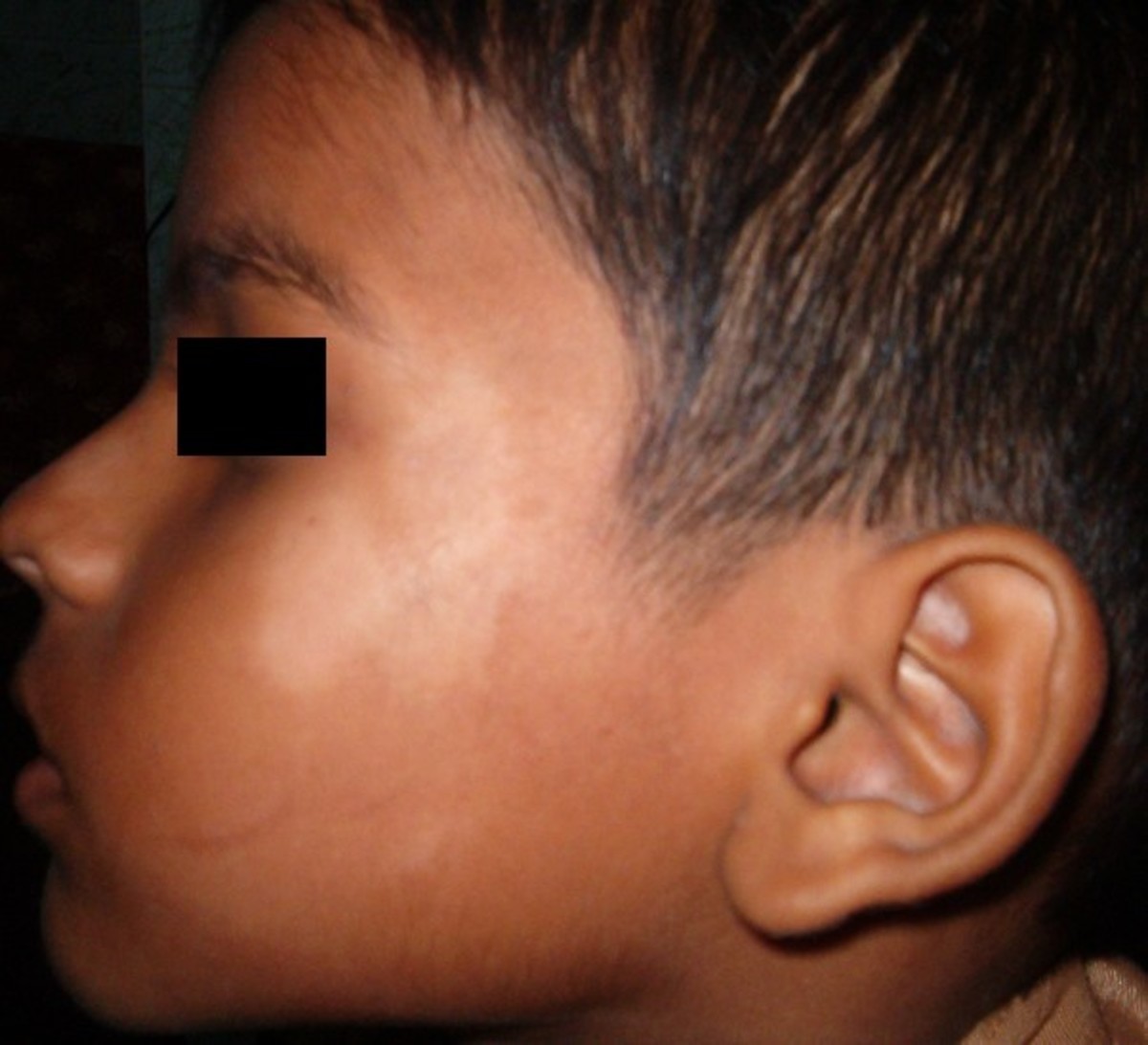Treatment of Scabies in Dogs
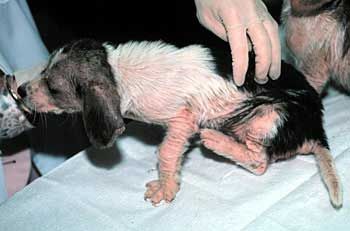
Scabies in dogs can cause itching, rash, and sudden loss of hair. If you see these symptoms, you need to understand what causes scabies in dogs and how you can identify it. The most disturbing phenomenon about canine scabies is the way it can be transmitted to nearly all the dogs that share the kennel with the infested dog. Nevertheless, scabies can be treated easily when diagnosed in early stages.
What is Scabies?
Scabies in dogs is a highly contagious skin condition that is caused by an infestation of the mite Sarcoptes scabiei canis. If dogs in a breeding kennel are infested, this skin condition may spread like bush fire. It is important that the dogs diagnosed with this skin condition be isolated immediately and treatment initiated.
This condition is worse when it affects puppies, since they are susceptible to disease due to their developing immunity. Secondary skin infections can be worse in puppies, and often cause fatalities.
Unlike ticks, mites are too small to be seen, and this further complicates the diagnosis and treatment of scabies. Scabies may be misdiagnosed as skin conditions caused by diet, or ordinary allergic dermatitis. But a misdiagnosis can give the mites more time to complete their lifecycle and infest more dogs that share the premises. When visiting your vet for help, it’s important that you both rule out scabies. Often the dog owner will complain about hair loss as the chief reason for visiting the vet, without being aware of the underlying mite infestation.

Symptoms of Scabies Include Hair Loss
As a dog owner the most common observation is sudden loss of hair, usually accompanied by severe itching. If your dog is showing these signs, you should suspect scabies as the probable cause.
Demodectic Mange and Scabies
Methods Used to Diagnose Scabies
Scabies can be easily identified using clinical signs and confirmed through microscopic examination of the skin scrapings.
The following are the ways that vets can use to diagnose scabies.
- Clinical Signs and History
The most obvious, useful, and inexpensive ways to diagnose scabies are the clinical signs and the history. The obvious signs include loss of hair in patches and continuous itching. In some breeds of dogs, you may observe dermatitis, either localized in the area infested by the mites, or diffuse because of the reaction of the skin to the infestation.
- Microscopy
The clinical signs and the history can be confirmed using microscopic examination of skin scrapings from the affected dog. The mites are not easily seen with the naked eye; therefore, the sample is examined under the microscope. It is important to note that a false positive result may be possible even with the use of the microscope.
- Serology and Histopathology
Serology and histopathology are advanced techniques that may be useful for diagnosing scabies in dogs. A dog in a breeding kennel that dies of a suspected skin condition may be an ideal candidate for diagnosis through these techniques.
Treatment of Scabies in Dogs
We have so far identified the various ways that can be used to diagnose scabies in dogs. After identifying the mites that are causing this skin problem, you need to eliminate the mites, as well as any secondary health problems that could have resulted from severe scratching.
- Treatment should begin with cleaning the dog, clipping the hair, and removing the crusts that are present as a result of severe itching and scratching. Use of a shampoo for cleaning the dog may be important.
- Treatment of scabies in dogs involves scabicidal (acaricidal) dip, a thorough wash of the entire body followed by rinsing with Amatraz (or organophosphate) and lime sulfur.
- Several dips should be spaced out over a period of five days to help kill all the stages of developing mites.
- In severe cases, oral drugs may be administered, as well as injections of more potent drugs like ivermectin.
Precautionary Measures During Scabies Treatment
To treat scabies in dogs, you need to eliminate the mites, not just from the dog’s body but from the environment. The following precautionary measures should be observed to prevent the disease from recurring.
- Eliminate all stages of mites. The treatment process should ensure that all stages of the mites are eliminated so that the condition does not recur.
- Treat all dogs living together, whether to cure or prevent the condition, especially if the dogs were living in the same kennel.
- Eliminate mites from the dog’s environment. There is absolutely no point in treating a dog for scabies if it returns to a kennel that has not been cleaned and disinfected of mites. Fumigate the accessories your dog used, including dog collars, bedding, leash, and carpets.
- Keep your dog away from other animals. To prevent a new infestation, it is advisable to keep the dog in isolation after treatment.

